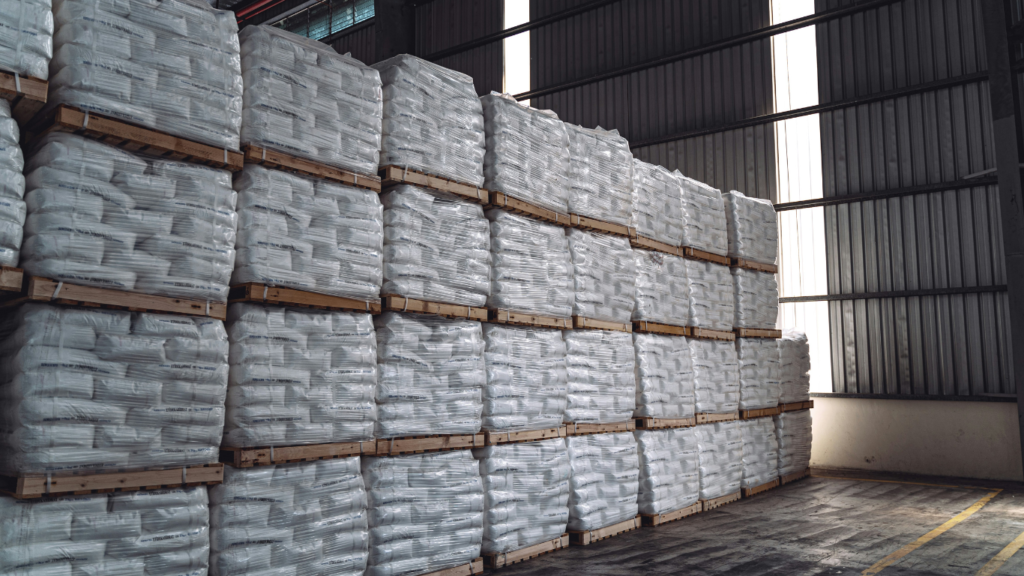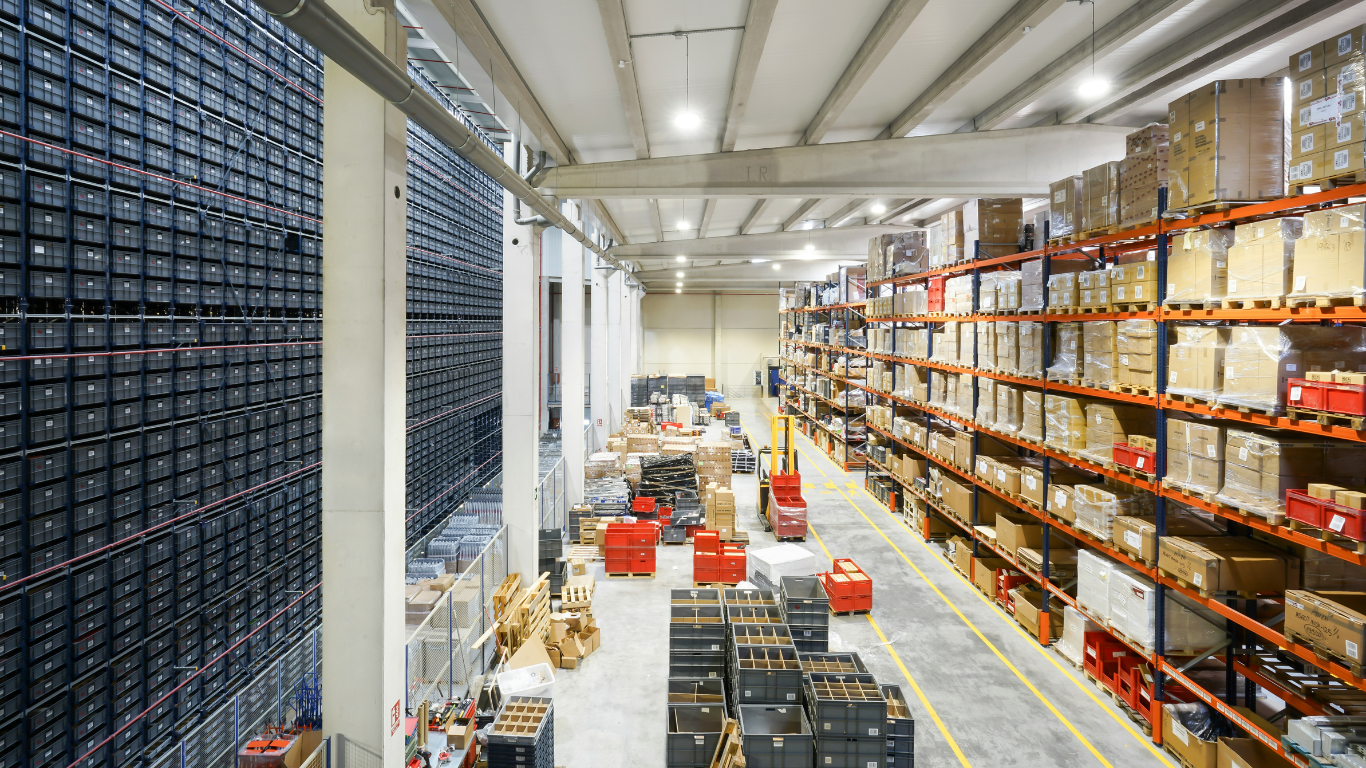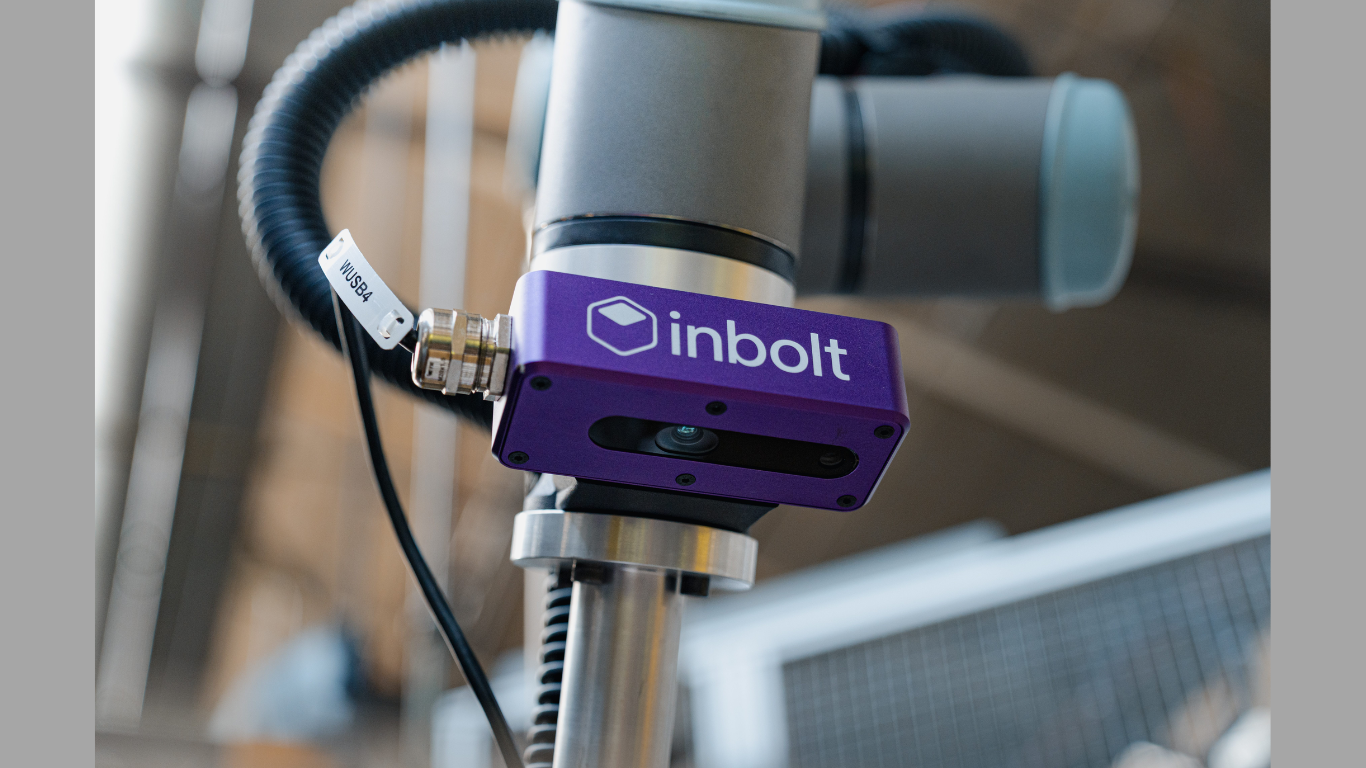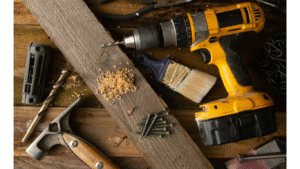There’s a certain irony in how something as basic as a pallet can quietly sabotage an entire production line. Missed deadlines, broken products, and safety mishaps all snowball from what seemed like a minor decision. On platforms where business insights collide with real-world impact, it’s clear: efficiency lives or dies in the details. And on the production floor, few things are as deceptively “minor” as the humble pallet.
The Right Pallet Isn’t Just a Bonus — It’s the Backbone
Picture this: a forklift jams because the pallet splinters mid-move. Or a load topples because the pallet was too light for the job. These aren’t dramatic hypotheticals—they’re routine headaches in warehouses that cut corners on pallet selection.
Pallets carry more than cargo; they have momentum, timing, and trust. That’s why savvy floor managers don’t just grab whatever’s lying around. They rely on suppliers who understand their needs. Companies that treat pallets as a foundational part of the operation. This is where Pallets & Bins supplies come in, offering tough, reliable options tailored to the chaos and pace of modern production floors. Because when your workflow depends on the ground beneath it, you’d better choose wisely.
Productivity Begins at Ground Level
Every second counts on the production floor. If pallets don’t fit automated equipment, aren’t stackable, or break under pressure, things grind to a halt. That’s not just frustrating—it’s expensive.
There’s also a ripple effect. A poor pallet choice in receiving can slow down packing, storage, and even shipping. It’s like building a house with a warped foundation.
Industries aren’t one-size-fits-all, and neither are their pallet needs. While a metalworking shop might want sturdy hardwood pallets, a food processing factory could need plastic pallets that can withstand moisture. Recognizing these nuances protects income, reputation, and peace of mind, while also avoiding simple inconvenience.
Safety and Compliance: Not Optional, Not Negotiable
Trip hazards, splinters, load instability—poor-quality pallets don’t just waste time, they send people to the ER. And if an incident draws attention from regulators? And what if an incident catches regulators’ attention? There will be inspections, fines, and a ton of paperwork.
Good pallets promote compliance with industry and governmental safety rules and reduce the danger of injury. From OSHA to in-house safety inspections, having the appropriate materials in the proper locations keeps groups safer and companies operating more smoothly. It’s like having insurance without the monthly payment.
Sustainability Isn’t Just a Buzzword
Environmentally friendly manufacturing isn’t cool—it’s becoming unavoidable. Selecting recyclable, reusable, or remanufactured pallets decreases the environmental footprint in line with corporate social responsibility initiatives.
Waste management expenses decrease when pallets are used longer or reused, rather than being sent to landfills. Sustainability, it turns out, is often the more brilliant financial move, too. Green can be lean when it’s done right.

Final Thoughts: Tiny Tweaks, Tangible Impact
Pallets won’t take home innovation awards, but they can quietly shatter your bottom line—or keep it safe. It keeps teams safer, operations tighter, and output consistent.
In a world obsessed with scaling up, sometimes the best move is looking down. Because when what’s under your product fails, everything above it follows.
Article received via email






























